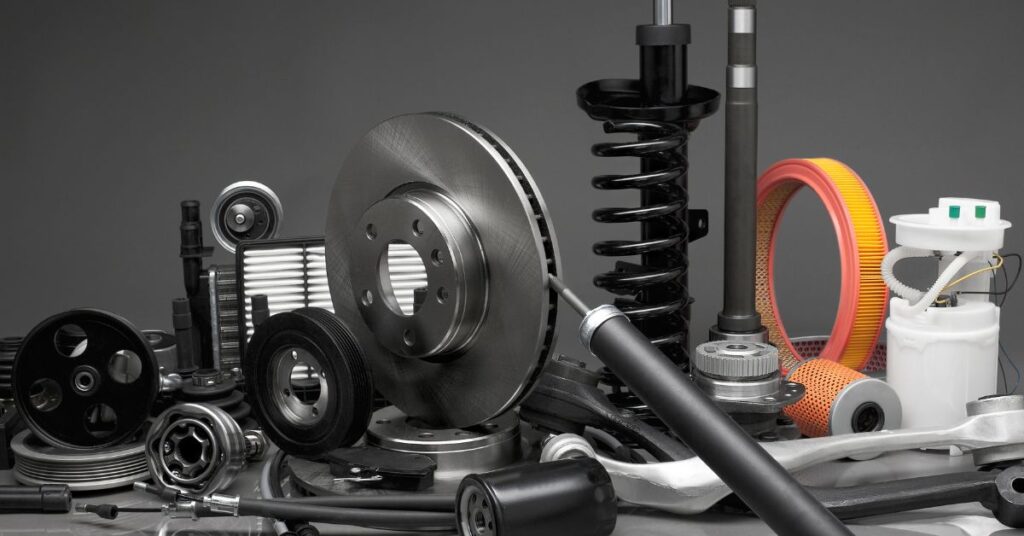Introduction
In the realm of automotive maintenance and restoration, the allure of second-hand car parts, particularly engines and gearboxes, cannot be overstated. Opting for used components not only provides a cost-effective solution for car repairs but also contributes to environmental sustainability by recycling parts that might otherwise end up in landfills. This article delves into the nuances of purchasing second-hand car engines and gearboxes, offering guidance to ensure you make informed decisions that safeguard both your vehicle and your wallet.
Understanding the Benefits of Second-Hand Car Parts

The primary advantage of sourcing second-hand car parts is undoubtedly the cost savings. New car parts can be prohibitively expensive, and in many cases, a used part will function just as effectively. Additionally, for older or discontinued car models, manufacturers may no longer produce certain parts, making second-hand markets the only viable source.
Environmental sustainability is another significant benefit. By reusing car parts, we reduce the demand for new parts manufacturing, which in turn decreases the mining of raw materials and energy consumption, contributing to a lower carbon footprint.
Where to Find Second-Hand Car Engines and Gearboxes
Finding reliable second-hand car parts requires knowing where to look. Specialist breaker yards and auto-recycling centres are treasure troves for used parts. These facilities dismantle unusable vehicles, salvaging any parts that are still in good condition. Online marketplaces and forums dedicated to car enthusiasts also offer avenues to find specific parts. It’s crucial, however, to verify the credibility of the seller and the quality of the parts.
Key Considerations When Buying Used Car Engines and Gearboxes
1. Compatibility
Ensure the engine or gearbox is compatible with your vehicle. This involves checking the part number and consulting with a mechanic if unsure. Compatibility is crucial to avoid wasting money on a part that doesn’t fit or operate correctly with your car.
2. Condition
Assessing the condition of the part is vital. Inquire about the age of the part and the mileage of the vehicle it was taken from. Ask for detailed photographs and, if possible, inspect the part in person. Some wear and tear on used parts is acceptable, but excessive damage or wear might lead to future complications.
3. Warranty and Return Policy
Always check if there is a warranty or a return policy offered with the part. Most reputable sellers will offer some form of guarantee to assure buyers of the part’s reliability.
4. Installation
Consider the installation process. Some parts might require professional fitting, which could add to the overall cost. Factor in these potential expenses when evaluating the affordability of the part.
Tips for Ensuring Longevity of Second-Hand Car Parts
Once you have your used car part, maintaining its condition is key to ensuring it lasts. Regular maintenance checks, using the correct lubricants and fluids, and adhering to a servicing schedule can prolong the life of car parts. Additionally, addressing any issues as soon as they arise prevents minor problems from escalating into more significant issues that could compromise the part’s functionality.
Conclusion
The market for second-hand car parts is fraught with opportunities and challenges. While the benefits of cost-saving and environmental sustainability are appealing, the risks associated with part compatibility, condition, and installation can not be ignored. By approaching the purchase of used engines and gearboxes with diligence and informed caution, you can greatly enhance the performance and longevity of your vehicle without breaking the bank. This strategic approach not only benefits individual car owners but also contributes to the broader movement towards sustainable automotive practices.